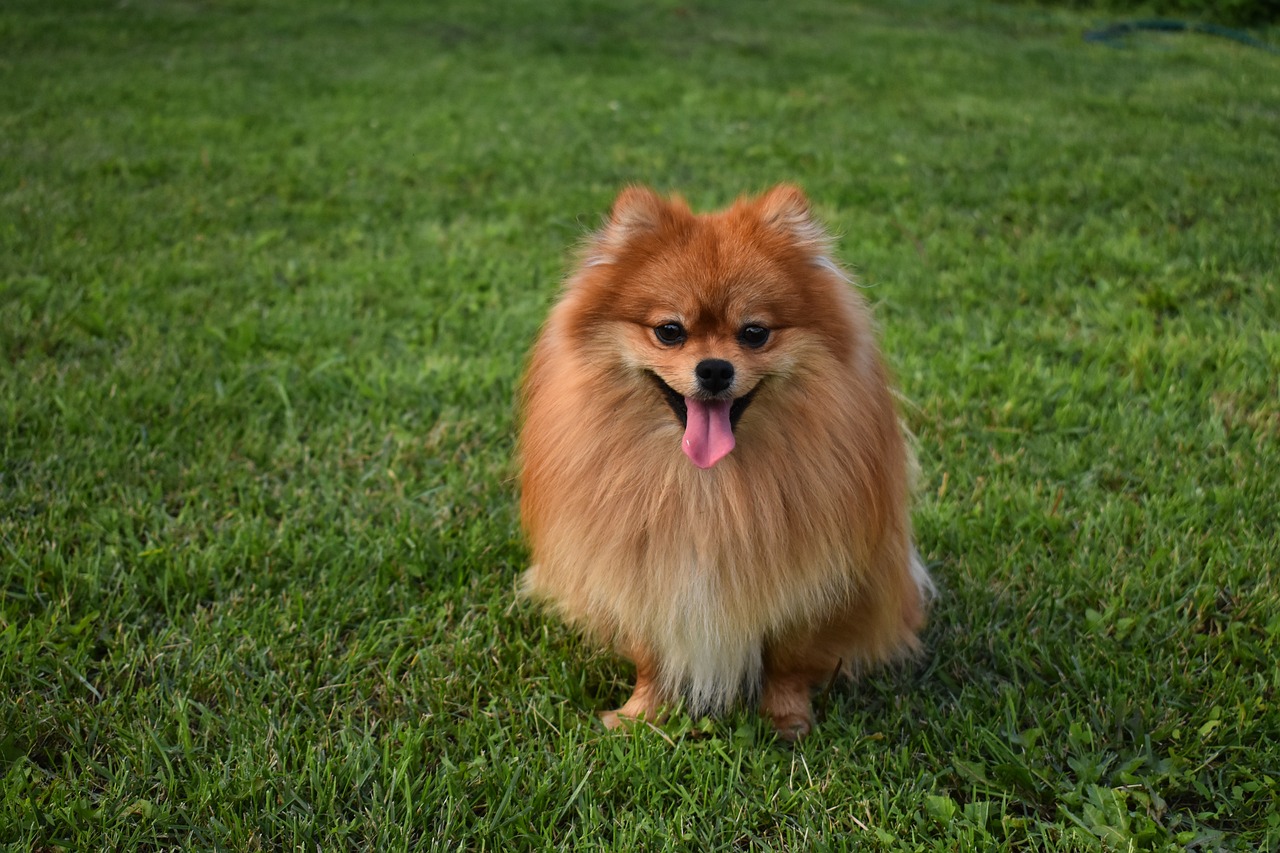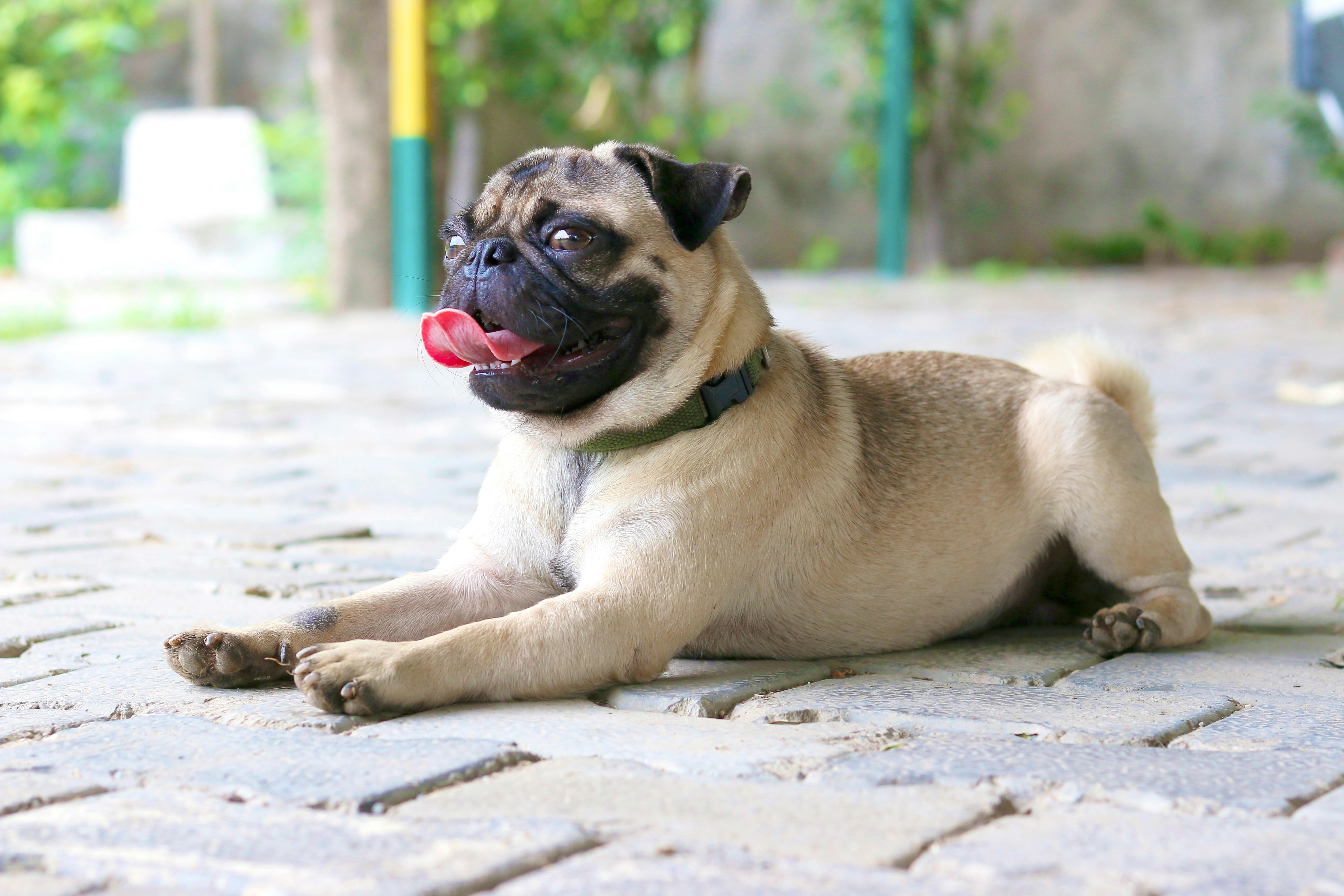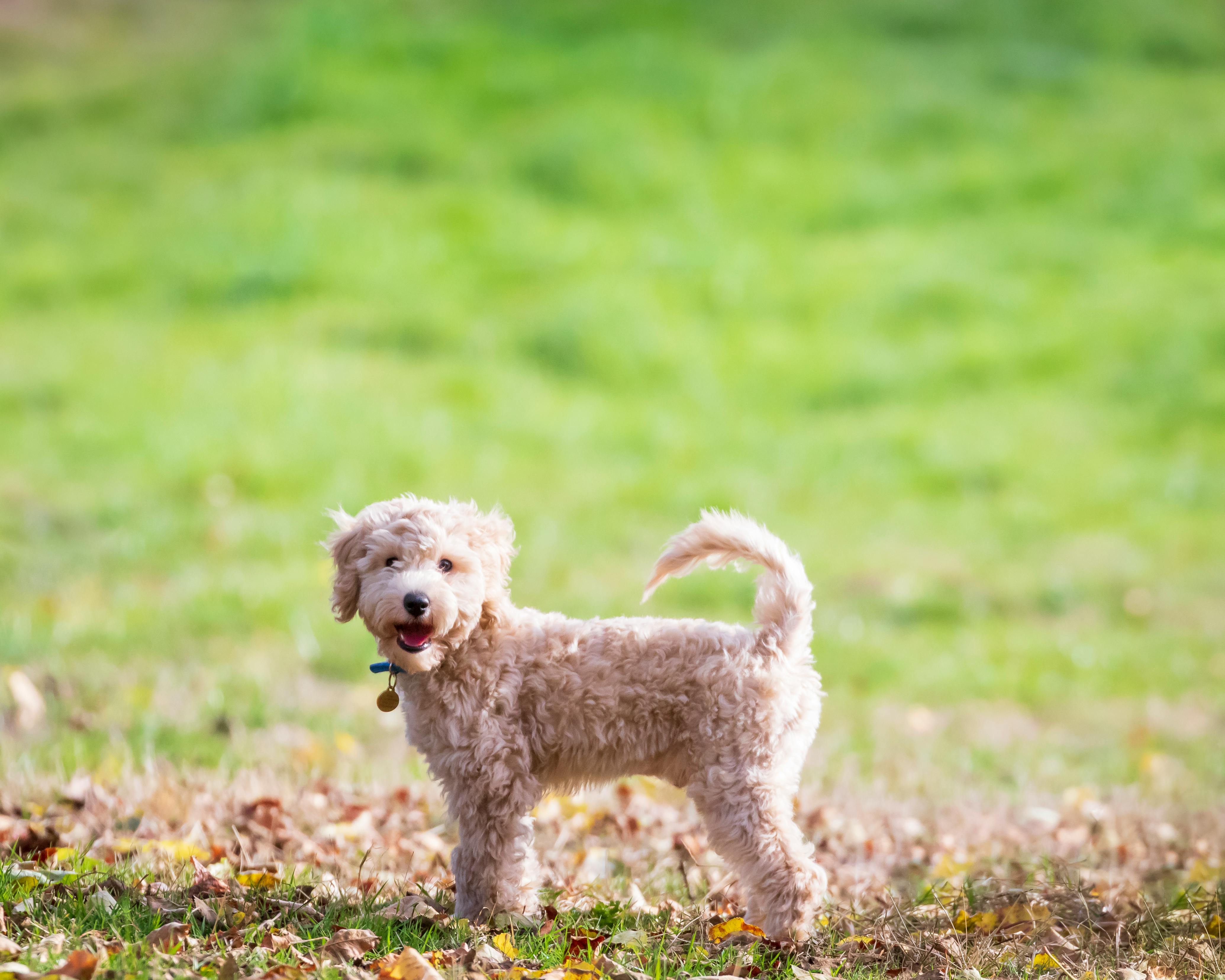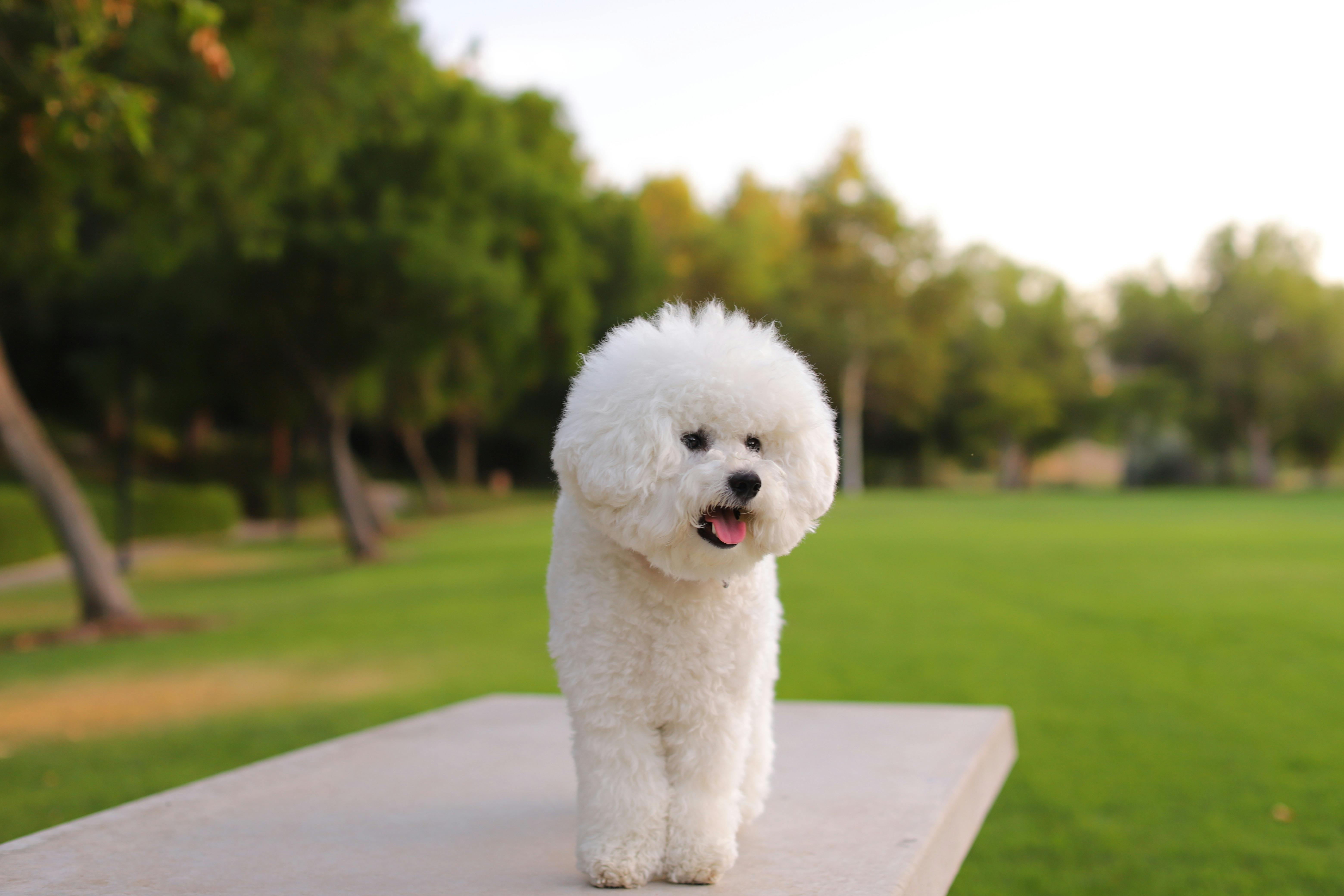Top 30 Most Popular Small Dog Breeds in 2024
Although small in size, small dogs possess the same capabilities as larger breeds and make ideal lap pets.
Why Choose to Adopt a Small Dog?
Small dogs come with numerous advantages: they typically consume less food, are easier to carry around, and often have longer lifespans compared to large dogs. Their compact size means they don’t require extensive exercise, making them easier to groom and walk. For renters, owning a small dog is more convenient since many landlords accept smaller pets.
Many small dog breeds have been bred to be gentle and affectionate companions, making them excellent cuddle buddies. These little companion dogs love to stay by their owner’s side at all times, no matter where they go (truly all the time). Their sole wish is to remain close to you wherever you are.
Things to Consider Before Adopting a Small Dog
Before deciding to adopt a small dog, it’s important to consider some potential drawbacks. Certain small dog breeds are naturally suited to being watchdogs (yes, this means they might bark frequently). They can be quite clingy, so proper socialization with other people and animals is essential. Toy breeds can be more fragile, making them less suitable for all families and lifestyles. Remember, despite their small size, they are still dogs—small dogs can bark loudly, dig, chew on items, and engage in mischievous behaviors just like any other dog. Adequate exercise and early obedience training can help prevent these behaviors and ensure your puppy behaves appropriately.
If you’re considering adopting a new pet, here’s a list of popular small dog breeds. If you’re not particularly fond of small dogs, you might also want to consider some large breeds.
The Most Popular Small Dog Breeds

mikefoster / Pixabay
1. Chihuahua
Among all dog breeds, the Chihuahua is the most competitive small breed and also the smallest in size, possibly making it the most famous. This toy dog is named after its place of origin—the Mexican state of Chihuahua. A purebred Chihuahua typically weighs around 6 pounds at maximum and comes in various colors. They can be extremely loyal to their owners but may be quite fierce towards strangers, making them excellent watchdogs. However, ongoing training and regular exercise are beneficial for improving a Chihuahua’s temperament, so don’t just keep these puppies on your lap. They can do much more than that.
Weight: 2 to 7 lbs (0.9 to 3.2 kg)
Height: 6 to 9 inches (15.2 to 22.9 cm)

SergVG / Pixabay
2. Papillon
The Papillon is one of the most popular small dog breeds and is also the oldest among toy hunting dogs. Its name originates from the French word for “butterfly,” named for its large ears on either side of its face that are accompanied by silky, slender fur. The Papillon typically weighs around 10 pounds and, although they get along well with children, they still require supervision to prevent accidental injuries. These little dogs are highly intelligent, easy to train, and very suitable for dog sports such as agility, rally, and canine freestyle.
Weight: 5 to 10 lbs (2.3 to 4.5 kg)
Height: 8 to 11 inches (20.3 to 27.9 cm)

skorchanov / Pixabay
3. Pomeranian
The Pomeranian is a descendant of the German Spitz, a small dog weighing only about 8 pounds, with a mini bear-like face and a fluffy body. They always maintain a perpetually puppy-like appearance. Like many small dogs, Pomeranians can be quite talkative. They are also quite fragile, which means they might not be the best pets for inexperienced children, as Pomeranians require a mature owner who is patient in dealing with them, especially when training them not to bark.
Weight: 4 to 6 lbs (1.8 to 2.7 kg)
Height: 9 to 11 inches (22.9 to 27.9 cm)

Sarah Chai / Pexels
4. Shih Tzu
The Shih Tzu, believed to be a cross between the Pekingese and the Lhasa Apso, is a long-haired small dog weighing between 8 to 16 pounds. These little dogs are very affectionate—they make excellent lap pets—and enjoy making friends with everyone they meet. Their long, fringed mane requires quite frequent grooming. Shih Tzus may also suffer from significant separation anxiety because they were bred to be close companions, so ensure you have enough time and energy to care for these little loves.
Weight: 11 to 18 lbs (5 to 8.2 kg)
Height: 9 to 11 inches (22.9 to 27.9 cm)

Dominika Roseclay / Pexels
5. Mini Dachshund
Sometimes referred to as “Wiener Dogs” because of their long, tubular bodies, Dachshunds are a small hunting dog breed with short legs and long noses. This small breed can weigh up to 11 pounds and comes in various colors and coat lengths. They are not suited for extensive running and jumping but enjoy regular exercise and weekly grooming. Dachshunds are very friendly but can also be stubborn; if mistreated, they will stand up for themselves.
Weight: 8 to 11 lbs (3.6 to 5 kg)
Height: 5 to 6 inches (12.7 to 15.2 cm)

6. Morkie
The Morkie is a crossbreed between the Yorkshire Terrier and the Maltese, typically weighing around 13 pounds. These little dogs are lively and adorable, loving to make friends wherever they go. This small breed can be quite talkative and easily excited, but moderate exercise and continuous training, along with some quiet time to relax, can help manage them. They don’t shed much, have minimal dander, and unlike typical fluffy dogs, they don’t require frequent grooming. A potential challenge is training them to urinate outdoors, as Maltese dogs don’t like to pee outside.
Weight: 4 to 8 lbs (1.8 to 3.6 kg)
Height: 7 to 9 inches (17.8 to 22.9 cm)

7. Pug
The Pug, weighing around 18 pounds, has a short, stout body, curly tail, and wrinkles on its face. These small dogs are perhaps best known for their flat faces, which unfortunately can be the source of many health problems. They often require surgery in their first year to widen their nostrils to aid breathing, and this is just the beginning of the Pug’s health issues. They need constant facial grooming to keep their airways clear and eyes clean, as they are prone to corneal ulcers. Pugs are affectionate and loving companions, and those who love Pugs might prefer mixed breeds like the Puggle to help mitigate these issues.
Weight: 14 to 18 lbs (6.4 to 8.2 kg)
Height: 10 to 12 inches (25.4 to 30.5 cm)

8. Havanese
Originating from Cuba, the Havanese looks like a Shih Tzu but comes from the Bichon family. Adult Havanese can weigh up to 16 pounds, making them excellent lap pets. However, if left alone for too long, they can become very destructive and noisy. They need companionship, making them great therapy dogs. It’s important to keep their silky fur groomed regularly to prevent matting.
Weight: 7 to 13 lbs (3.2 to 5.9 kg)
Height: 8 to 11 inches (20.3 to 27.9 cm)

9. Cavalier King Charles Spaniel
This small British hunting dog breed has a very cute round face and long, silky ears. Their coat colors are varied, and the fur on their belly is wavy, so some grooming is required. Cavalier King Charles Spaniels are gentle by nature and relatively quiet for an 18-pound dog, making them excellent companions. However, if they feel stressed or bored, they can become noisy. They are very patient and are known for their good nature with children.
Weight: 12 to 18 lbs (5.4 to 8.2 kg)
Height: 12 to 13 inches (30.5 to 33 cm)

10. Beagle
Beagles are scent hounds with a similar build to Foxhounds but weigh only about 25 pounds. They are affectionate and easy to care for, making them suitable for small homes. However, because they were bred as high-energy hunting dogs, they can be difficult to train. They shed a lot during shedding seasons, so be prepared with brushes and vacuum cleaners. Beagles love to be around people, and if left alone for too long, they can become destructive.
Weight: 18 to 30 lbs (8.2 to 13.6 kg)
Height: 13 to 16 inches (33 to 40.6 cm)

11. Boston Terrier
This popular American breed weighs around 25 pounds and is known for its tuxedo-like coat and high, pointed ears. Like Pugs, these popular small dogs have flat faces and domed heads, which can lead to respiratory issues and eye problems. Boston Terriers are affectionate and energetic, suitable for family life, but should be supervised when interacting with new children. As long as they get regular exercise, they can thrive even in smaller living spaces.
Weight: 10 to 25 lbs (4.5 to 11.3 kg)
Height: 11 to 17 inches (27.9 to 43.2 cm)

12. Pekingese
Originating from China, this 14-pound dog was once popular in Chinese palaces. Pekingese have flat faces and long, luxurious coats that require careful maintenance. They make excellent family pets, loving companionship, which means if left alone for too long, they might develop separation anxiety. Like many ancient breeds, they may have some hereditary health issues, making them an expensive pet.
Weight: 7 to 12 lbs (3.2 to 5.4 kg)
Height: 6 to 9 inches (15.2 to 22.9 cm)

13. Miniature Poodle
Poodles come in various sizes, but the Miniature Poodle is a small dog breed weighing about 17 pounds. These intelligent and active dogs are friendly companions. Their curly coats are considered hypoallergenic, suitable for people with mild dog allergies. However, their coats do require grooming, which can be enjoyable for pet parents who like to style their Miniature Poodles in classic poodle cuts. However, they can be quite sensitive, so they are best suited for families with a consistent routine.
Weight: 10 to 18 lbs (4.5 to 8.2 kg)
Height: 11 to 15 inches (27.9 to 38.1 cm)

GoranH / Pixabay
14. Japanese Chin
Japanese Chins have adorable flat faces, big eyes, and surprisingly long ears. These affectionate dogs love to express love and attention to their pet parents. Although this brachycephalic breed doesn’t require much exercise, regular walks are still necessary.
Weight: 7 to 11 lbs (3.2 to 5 kg)
Height: 8 to 11 inches (20.3 to 27.9 cm)

15. Maltese
The Maltese is a small dog breed, weighing up to seven pounds and standing up to nine inches tall, making them ideal for handbag dogs. Despite their small size, these little dogs can be quite talkative and lively. They bark when excited, and some can even make good alert dogs.
Weight: 4 to 7 lbs (1.8 to 3.2 kg)
Height: 8 to 10 inches (20.3 to 25.4 cm)

16. American Hairless Terrier
Originating from Louisiana, the American Hairless Terrier might be a good choice for people with mild allergies, as they have no hair. While they lack fur, they make up for it with a lively personality. Like any terrier breed, these playful dogs require plenty of walks, playtime, and exercise.
Weight: 12 to 16 lbs (5.4 to 7.3 kg)
Height: 12 to 16 inches (30.5 to 40.6 cm)

17. Bichon Frise
This former circus dog is known for its fluffy white coat and lively personality. Bichon Frises crave attention, love to be close to humans, and are always ready for a joyful cuddle.
Weight: 7 to 13 lbs (3.2 to 5.9 kg)
Height: 9 to 12 inches (22.9 to 30.5 cm)

18. Miniature Doberman
Although Miniature Dobermans are small in size, they possess impressive athletic abilities. These little dogs are absolute stars in obedience training and agility competitions. These adorable dogs were bred as rat hunters, making them fearless yet loyal companions.
Weight: 8 to 12 lbs (3.6 to 5.4 kg)
Height: 10 to 12 inches (25.4 to 30.5 cm)

19. Basenji
If you’re looking for a low-maintenance and friendly small dog, the Basenji is a great choice. These dogs might not bark, but that doesn’t mean they are quiet; they have a unique yodel. With some training, they can become excellent pets.
Weight: 20 to 24 lbs (9.1 to 10.9 kg)
Height: 16 to 17 inches (40.6 to 43.2 cm)

20. American Eskimo Dog
The American Eskimo Dog ranges from small to medium in size and is known for its high energy levels. These intelligent dogs are related to Pomeranians, so you know they’re cute, but they also need an owner who can keep up with their energy.
Weight: 18 to 35 lbs (8.2 to 15.9 kg)
Height: 15 to 19 inches (38.1 to 48.3 cm)

21. Jack Russell Terrier
The Jack Russell Terrier is a small dog known for its tenacious personality and boundless energy. These dogs love to bark, and their independent nature means they can be stubborn, so an active owner is needed to keep them busy.
Weight: 9 to 15 lbs (4.1 to 6.8 kg)
Height: 10 to 12 inches (25.4 to 30.5 cm)

22. Cocker Spaniel
Often referred to simply as “Cocker Spaniels,” American Cocker Spaniels have a personality that craves to please, making these adorable dogs easy to train. They quickly become friends with children and other pets, suitable for many families.
Weight: 20 to 30 lbs (9.1 to 13.6 kg)
Height: 13 to 15 inches (33 to 38.1 cm)

Alberlan Barros / Pexels
23. Manchester Terrier
The Manchester Terrier is a sleek, smart small dog breed with plenty of energy. They are an ideal choice for active pet parents looking for a companion always ready for adventure.
Weight: 12 to 22 lbs (5.4 to 10 kg)
Height: 15 to 16 inches (38.1 to 40.6 cm)

24. Miniature Schnauzer
The Miniature Schnauzer is a fun and intelligent breed known for its wiry coat and lovable personality. They are ideal companions for those looking for an active and entertaining four-legged friend.
Weight: 13 to 20 lbs (5.9 to 9.1 kg)
Height: 12 to 14 inches (30.5 to 35.6 cm)

25. Norfolk Terrier
The Norfolk Terrier is a high-energy breed with a unique wiry coat and a compact build. This breed is a great choice for active pet parents seeking a lively and loyal companion; these terriers require plenty of physical and mental exercise.
Weight: 11 to 12 lbs (5 to 5.4 kg)
Height: 9 to 10 inches (22.9 to 25.4 cm)

26. West Highland White Terrier
The West Highland White Terrier is a charming small dog breed known for its distinctive white coat and compact size. For active pet parents seeking an energetic and friendly companion, West Highland White Terriers are an excellent choice. They bring a lively spirit to every adventure and thrive with regular physical and mental stimulation.
Weight: 15 to 20 lbs (6.8 to 9.1 kg)
Height: 10 to 11 inches (25.4 to 27.9 cm)

27. Rat Terrier
The Rat Terrier is an active and agile breed known for its boundless energy and sharp intelligence. Rat Terriers require plenty of mental and physical exercise, making these little dogs ideal for active pet parents.
Weight: 10 to 20 lbs (4.5 to 9.1 kg)
Height: 10 to 18 inches (25.4 to 45.7 cm)

28. Chinese Crested Dog
The Chinese Crested Dog comes in two varieties: hairless and longhaired. As the name suggests, the hairless variety has a hairless body with hair on the head, while the longhaired variety has soft, flowing outer hair. The Chinese Crested Dog is perfect for pet parents looking for an affectionate small dog and who don’t mind a high-maintenance coat.
Weight: 5 to 12 lbs (2.3 to 5.4 kg)
Height: 9 to 13 inches (22.9 to 33 cm)

29. French Bulldog
French Bulldogs are known for their distinctive “bat ears” and compact size, recently named America’s most popular dog by the American Kennel Club. This brachycephalic breed is sturdy and playful, making them excellent companions for various lifestyles.
Weight: 19 to 28 lbs (8.6 to 12.7 kg)
Height: 11 to 13 inches (27.9 to 33 cm)

30. Tibetan Spaniel (Tibetan Terrier)
The Tibetan Spaniel, also known as the Tibetan Terrier, is a charming, hypoallergenic breed with a cotton-like coat, beloved for its affectionate and cute personality and small size. This breed is an ideal choice for those looking for a loving and hypoallergenic companion.
Weight: 8 to 15 lbs (3.6 to 6.8 kg)
Height: 9 to 12 inches (22.9 to 30.5 cm)
Do Small Dog Breeds Need Exercise?
All dogs need daily walks, including small breeds. Although they are small in size, it doesn’t mean they want to stay at home all day. Many small dogs were originally bred as working dogs, meaning they require at least two walks per day and may still have leftover energy. Even small companion dogs bred to be lap pets need daily exercise, playtime, and mental stimulation to prevent boredom and destructive behaviors. Lack of sufficient exercise can lead to physical issues such as muscle, cardiovascular, or metabolic diseases, as well as behavioral problems, typically manifested as frustration and increased irritability.
What Health Issues Do Small Dog Breeds Have?
While small dog breeds are generally considered as healthy as their larger counterparts, some health issues are more common in small dogs, including:
Temperature Regulation
Small dogs may face unique health challenges, the most prominent being temperature regulation. You might have noticed that many small dogs tend to shiver; one reason is that they feel cold. Dog owners must ensure their dogs do not overheat or become too cold. This is also a great excuse to buy cute clothes for small dogs.
Intervertebral Disc Disease
Small dogs are more prone to intervertebral disc disease or ruptures in the spinal area, which can lead to walking difficulties. You can mitigate this by arranging the home environment to account for their jumping and climbing needs, and by taking regular veterinary check-ups.
Eye Injuries
Small dog breeds with short noses and large eyes—such as Boston Terriers, Pekingese, and Shih Tzus—are more susceptible to eye injuries and corneal ulcers.
Frequently Asked Questions
Which Dog Breeds Stay Small?
Other dog breeds that stay small include Pugs, Yorkshire Terriers, Brussels Griffons, and Silky Terriers.
What is the Smallest Dog Breed?
The Chihuahua is the smallest dog breed, with adult weights ranging from 2 to 4 lbs (0.9 to 1.8 kg). The world’s smallest Chihuahua, “Pearl,” weighs only 1.54 lbs (0.7 kg).